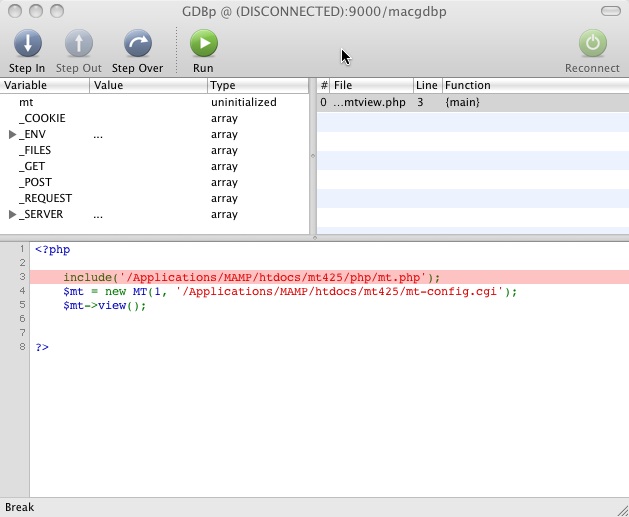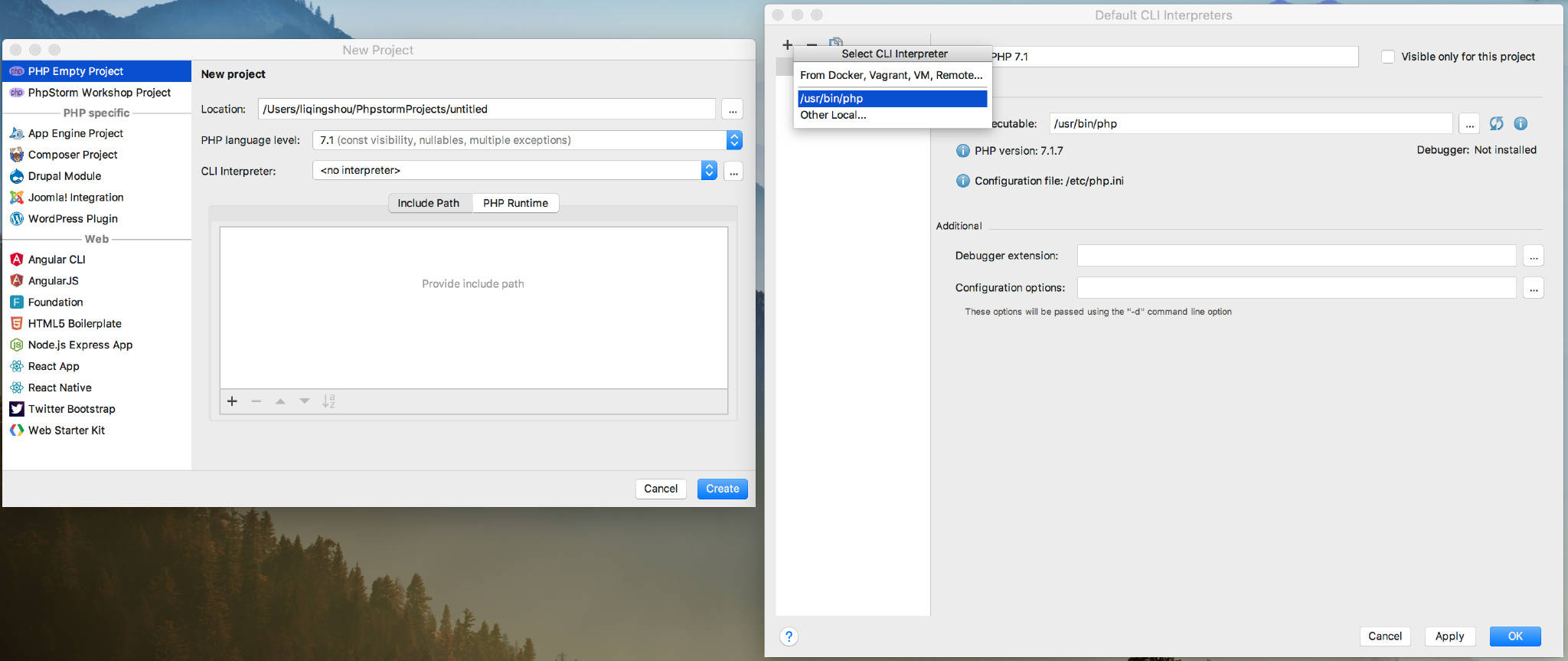
Hence, these numbers indicate a far more augmented budget for infrastructure development compared to the previous administration illustrating the fervent resolve of the Duterte administration to not only accelerate infrastructure development but to deliver the much-needed infrastructure projects to bridge the infrastructure gap in the country. In 2020 the budget allocation for the “BBB” program was 4.6 percent of GDP or PHP 972.5 billion (US$20 billion). To cite, from 2017 to 2019, the average percentage of infrastructure budget to GDP was 6.0 percent or PHP 932 billion (US$19.1 billion). When Duterte took office in July 2016, his administration reversed this “long-neglect” in infrastructure investment. To note, from 2001 to 2010, the average percentage of infrastructure budget to GDP was 1.6 percent or PHP 100.3 billion (US$2.06 billion), while from 2011-2016 it was 3.0 percent or PHP 378.3 billion (US$7.7 billion).

Over the past six administrations, the country’s infrastructure spending-to-Gross Domestic Product (GDP) ratio only averaged at 2.6 percent of GDP. Such budget allocation on infrastructure is thus far the highest in Philippine history to date. It is the centrepiece and one of the top-priority programs of the Duterte administration, which has been allocated a budget of around PHP 8 trillion (US$164.7 billion) for a six-year period (2017-2022). The “BBB” program consists of around 20,000 infrastructure projects nationwide, involving roads, highways, farm-to-market roads, airports, seaports, terminals, evacuation centres, lighthouses, hospitals, schools, government centres, and the like. And this is the compelling reason why his administration is accelerating infrastructure development before his term ends even during the current COVID-19 pandemic. He stressed that the only solution to address the worsening congestion and traffic situation in Metro Manila and the skewed development favouring Metro Manila and the traditional urban centres of the country is through the dispersion of economic activities. The “BBB” program is anchored on Duterte’s long-time conviction and advocacy for a more balanced and responsive regional/countryside development for the country.
MACGDBP BUILD DRIVERS
(AFP Photo)Īmidst the economic recession being experienced by the Philippines and the world at large caused by the COVID-19 pandemic, infrastructure development through the “Build Build Build” (BBB) program of the Duterte administration is said to be one of the key drivers if not the main driver of the economic recovery of the country. zshrc based on your choice of shell.This file photo shows workers on one of about a hundred projects to control flooding in Metro Manila. You can save the above alias ‘phpdr’ in your. $ alias phpdr=”php -d zend_extension=/usr/lib64/php/5.6/modules/xdebug.so -d xdebug.remote_enable=1 -d xdebug.remote_autostart=1 -d xdebug.remote_host=127.0.0.1 -d xdebug.remote_port=9669 -d xdebug.idekey=xdebug-rajats105” $ phpdr /home/ec2-user/workspace/php-code/src/script.php -option=value Run the php cli command on remote host, remember to use the IDE key you wrote above. Initiate debugging on your debugger of choice.

Local Path: /Users/rajats105/workspace/php-code Remote Path: /home/ec2-user/workspace/php-code
MACGDBP BUILD CODE
Local Port: 9669 Remote Port: 9669 IDE Key: xdebug-rajats105Īlso you can configure local to remote path mapping on Netbeans or on macGDBp to use code navigation with your local checked out code. Make sure to match the port forwarded above and set an IDE key in the debugger you are using. $ ssh -R 9669:127.0.0.1:9669 an xdebug client, like macGDBp, or Netbeans debugger.

MACGDBP BUILD INSTALL
$ sudo yum install php-pear $ sudo pecl install xdebugįorward the local xdebug port to remote server. In our case let’s install it on Amazon Linux. Xdebug installation will differ from OS to OS. Install xdebug on the remote server, needed only once.


 0 kommentar(er)
0 kommentar(er)
